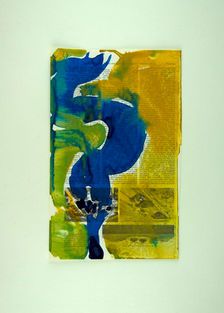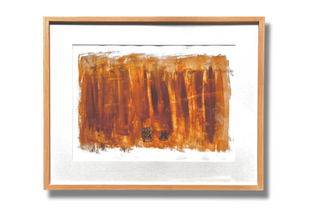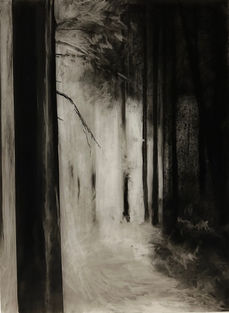Parasitó
Vedica Art Studios and Gallery, in collaboration with the Consulate of Mexico in Mumbai
August 28, 2025 | 5:00 PM to 8:00 PM
P. L. Deshpande Maharashtra Kala Academy, Mumbai, India
Susan Fraser-Hughes, Barbara Rachko, Carol Hartman, Joas Nebe, Justin Menendez, Fina Ferrara, Rajul Shah, Rajan Kapur, Arie Otten, Colette Leinman
Vedica Art Studios and Gallery, in collaboration with the Consulate of Mexico in Mumbai, is pleased to present Parasitó, a multidisciplinary group exhibition opening on August 28, 2025, at the P. L. Deshpande Maharashtra Kala Academy in Mumbai. Featuring ten distinguished artists—Susan Fraser-Hughes, Barbara Rachko, Carol Hartman, Joas Nebe, Justin Menendez, Fina Ferrara, Rajul Shah, Rajan Kapur, Arie Otten, and Colette Leinman—the exhibition engages in a profound inquiry into the parasitic dynamics embedded within systems of consumption, exploitation, and emotional erosion. Parasitó offers an intellectually rigorous and aesthetically immersive platform where art functions as both critique and conduit, examining how resource extraction, corporeal occupation, and the commodification of intimacy have become normalized in the contemporary global condition. The exhibition functions as a crucible for collective reflection, where material and conceptual practices converge to illuminate the precarious thresholds of environmental and interpersonal sustainability.
At the core of the exhibition is a visceral live performance by Fina Ferrara, whose performative intervention transforms the gallery into a site of corporeal resistance and symbolic contamination. Her physical engagement with the space—leaving behind stains, gestures, and bodily traces—enacts a visual metaphor for parasitic incursion and ecological decay. Ferrara’s performance is counterpointed by Justin Menendez’s fluorescent, abstract video environments and live soundscapes, which envelop viewers in an ever-shifting landscape of digital dissonance and chromatic rupture. This intermedia dialogue between body and projection intensifies the exhibition’s central inquiry: how are we complicit in the systems that consume us? Surrounding this dynamic core are works by Barbara Rachko, whose pastel compositions draw from Bolivian and Guatemalan iconography to address cultural memory; Susan Fraser-Hughes, who captures the tension between form and void in delicate charcoal renderings; and Rajul Shah, whose practice fuses Kintsugi philosophy with mixed media abstraction to visualize fragility and resilience. Joas Nebe contributes conceptual works grounded in philosophical discourse and recent exhibitions such as La Rupture du Désir (Paris, 2025), while Carol Hartman’s emotive landscapes speak to environmental trauma through scale and materiality. Arie Otten’s expressive portraits, influenced by his work in emergency response, evoke psychological urgency, while Rajan Kapur and Colette Leinman further interrogate memory and decay through experimental visual vocabularies.
Curated by Dorron Britz, Parasitó marks a continuation of his critical curatorial trajectory, following the intellectually provocative La Rupture du Désir. Britz—himself a multidisciplinary artist and cultural theorist—brings a nuanced perspective that bridges academic insight and material sensitivity. His curatorial methodology emphasizes cross-cultural resonance and the ethical dimensions of visual production, orchestrating a cohesive dialogue among diverse artistic practices. Under his direction, Parasitó transcends conventional exhibition formats to become a site of epistemological inquiry and aesthetic confrontation. Through its fusion of performance, video, painting, and installation, the exhibition prompts viewers to confront the parasitic tendencies within and around them: to question what is taken, what is left behind, and what transformations are possible when consumption is made visible. As the works oscillate between discomfort and beauty, rupture and restoration, Parasitó ultimately demands not only observation but introspection—inviting audiences into an experience that is as much philosophical as it is sensory.
Works Exhibited












